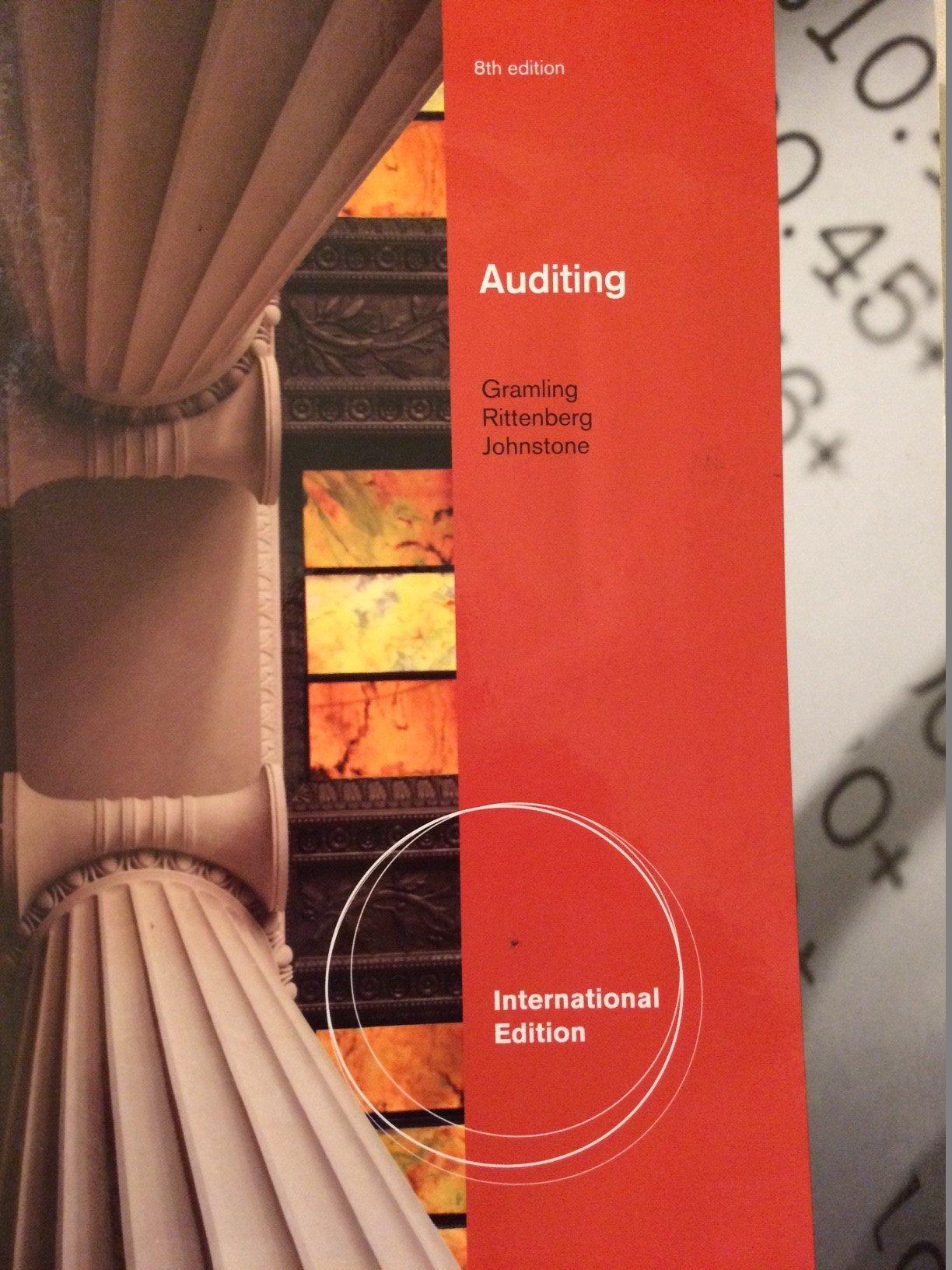Answered step by step
Verified Expert Solution
Question
1 Approved Answer
help me plz. A Dutch company has an assembly plant in South Korea. In the Dutch factory several different components are manufactured. All these components

help me plz.
A Dutch company has an assembly plant in South Korea. In the Dutch factory several different components are manufactured. All these components differ in size, weight and value. The components are send to South Korea on a regular basis, where they will be assembled into a final product. The final product is then shipped to the customer. The Dutch company has to arrange the regular transport of the components from The Netherlands to South Korea. The transport of the finished products to the customers is done by the customers themselves. The Dutch company has the options to choose for sea- or air-transport. Sea-transport will cost them 250 /m2 and the total lead-time is 50 days. Air-transport will cost them 3,25 /kg and the total lead- time is 10 days. The total lead-time in both cases includes, among others, mandatory time for quarantine and customs, and of course the actual transport time. To account for uncertainty when transporting by sea, the company holds 14 days of extra inventory (safety stock) in South Korea. As mentioned before the components send to South Korea all differ in size, weight and value. The volume-to-weight ratio' is 355 kg/m. To 'even the playing field' the company has categorised all the products into certain value densities: . . 5.000 /m2 25.000 /m3 50.000 /m3 100.000 /m2 . The company uses two different inventory holding cost rates: 7% per year for In-Transit inventory and 15% per year for Safety inventory. The Cycle inventory costs are not relevant in this case as they are dependent of the demand (which is unknown). 1) Calculate the costs of transporting 1 m at the different value densities and show which mode of transport is best suited for each value density. 2) What is the break-even point in this case? Tip: use Excel! Volume-to-weight ratio means how many kg 'fit' in 1 m. In this case it means that 355 kg = 1 m. 2 The value density gives the value of a product in per m'. A Dutch company has an assembly plant in South Korea. In the Dutch factory several different components are manufactured. All these components differ in size, weight and value. The components are send to South Korea on a regular basis, where they will be assembled into a final product. The final product is then shipped to the customer. The Dutch company has to arrange the regular transport of the components from The Netherlands to South Korea. The transport of the finished products to the customers is done by the customers themselves. The Dutch company has the options to choose for sea- or air-transport. Sea-transport will cost them 250 /m2 and the total lead-time is 50 days. Air-transport will cost them 3,25 /kg and the total lead- time is 10 days. The total lead-time in both cases includes, among others, mandatory time for quarantine and customs, and of course the actual transport time. To account for uncertainty when transporting by sea, the company holds 14 days of extra inventory (safety stock) in South Korea. As mentioned before the components send to South Korea all differ in size, weight and value. The volume-to-weight ratio' is 355 kg/m. To 'even the playing field' the company has categorised all the products into certain value densities: . . 5.000 /m2 25.000 /m3 50.000 /m3 100.000 /m2 . The company uses two different inventory holding cost rates: 7% per year for In-Transit inventory and 15% per year for Safety inventory. The Cycle inventory costs are not relevant in this case as they are dependent of the demand (which is unknown). 1) Calculate the costs of transporting 1 m at the different value densities and show which mode of transport is best suited for each value density. 2) What is the break-even point in this case? Tip: use Excel! Volume-to-weight ratio means how many kg 'fit' in 1 m. In this case it means that 355 kg = 1 m. 2 The value density gives the value of a product in per mStep by Step Solution
There are 3 Steps involved in it
Step: 1

Get Instant Access to Expert-Tailored Solutions
See step-by-step solutions with expert insights and AI powered tools for academic success
Step: 2

Step: 3

Ace Your Homework with AI
Get the answers you need in no time with our AI-driven, step-by-step assistance
Get Started


